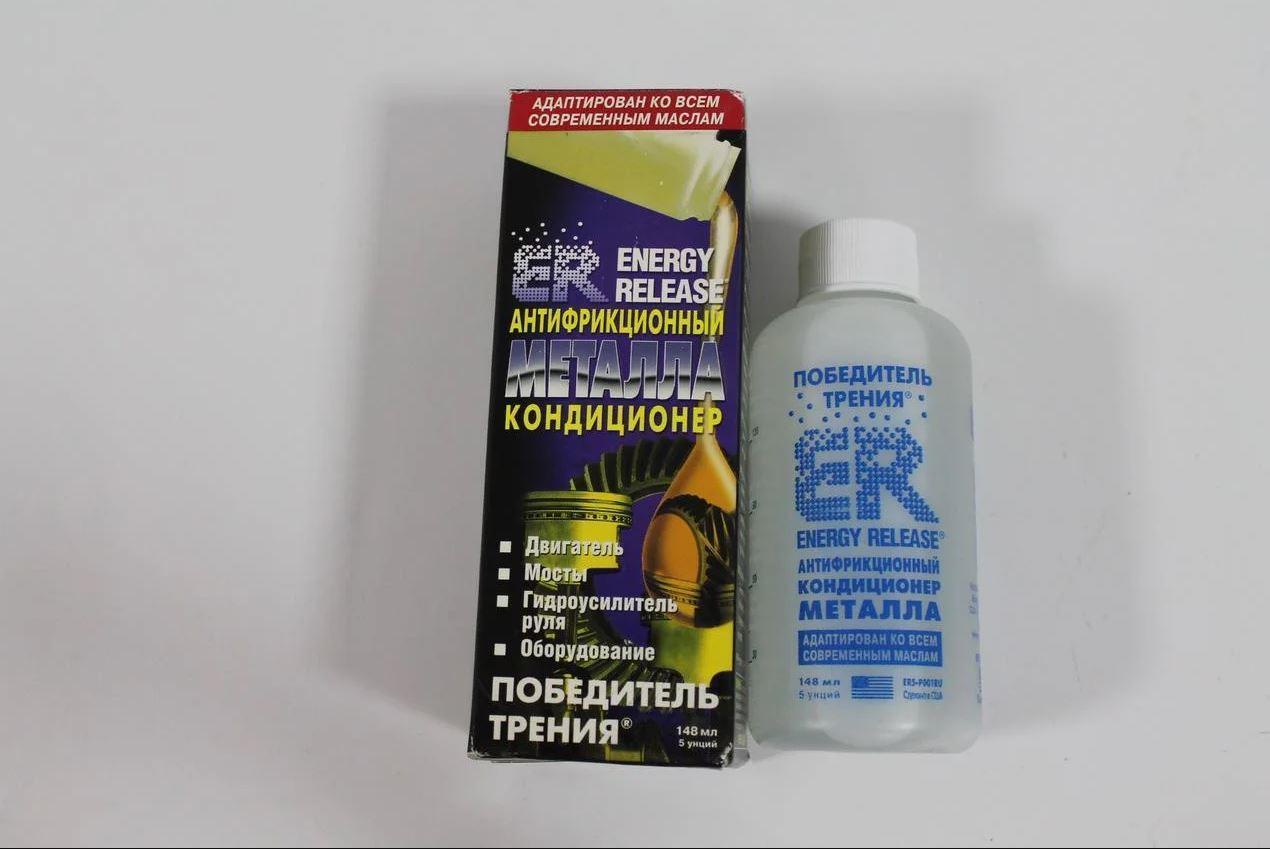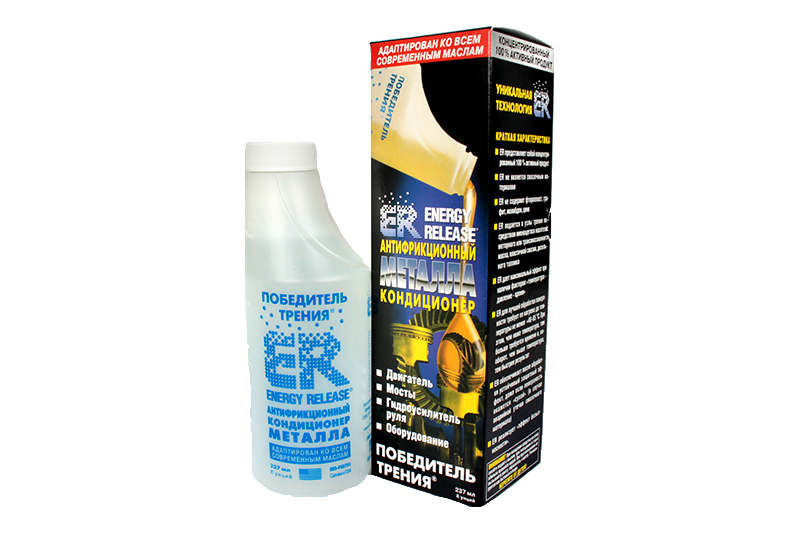
ER additive for gearbox - characteristics, composition, application
Content
The ER additive, in fact, is not an additive, since it does not mix with oil, but is an emulsion in combination with it, and oil is a way of transporting it to engine parts and assemblies. The composition of ER includes active substances and soft metals in the necessary compounds.
Specialists in the field of engine building are constantly looking for tools that can extend the life of automobile engines. One of these on the market is an ER additive in a manual transmission.
ER Additive Overview
The ER (Energy release) additive was developed in the USA in the 80s of the 20th century to improve the operation of jet turbines, where parts and assemblies wear out quickly from friction under conditions of intensive use.

Friction ER Additive
Composition
The ER additive, in fact, is not an additive, since it does not mix with oil, but is an emulsion in combination with it, and oil is a way of transporting it to engine parts and assemblies. The composition of ER includes active substances and soft metals in the necessary compounds.
Technical specifications
Reducing the load on rubbing surfaces is the purpose of using this additive. But its effect depends on the wear of the motor and its type, as well as the quality of the oil.
Applying an additive to a gearbox
The substance, along with the oil, enters the motor circuit and remains passive until the components warm up to operating degrees. Then the ER components separate from the oil and fill the worn fragments with their molecules.
Instructions for use
The ER additive is introduced into the manual transmission by adding the required amount (indicated on the package) to the oil.
Benefits and harms of ER additives
Studies have shown that the use of this supplement:
- reduces friction by a quarter;
- reduces the volume of the engine;
- increases the wear resistance of parts of the power group by 3-4 times.
Often during use, deposits of a viscous substance are observed.
Nuances of use
This additive is recommended to be introduced only into new oil, since the one that has been in the car for a long time has a number of side impurities obtained during operation. This will worsen the expected effect.
Additive reviews
Motorists using an ER additive in a manual transmission leave positive and negative reviews on Internet resources:
| pros | Cons |
| Extends the life of high mileage engines | Reduces the amount of fuel while driving |
| Sold at a bargain price | Spoils the quality of expensive oil |
| Car starts faster in cold weather | Failed - waste of money |
This additive is universal and applicable to any fuels and lubricants.
